We’ve spoken on various occasions about Abruzzo’s wine scene with a series of spotlights on some of its main denominations, from Montepulciano to Cerasuolo to Trebbiano d’Abruzzo. Here, we focus on Pecorino.
Pecorino: the origin of the grape variety
The history of the grape is well known: it was rediscovered around the 1990s after nearly falling into oblivion. Its rediscovery occurred in an area where the Marche, Abruzzo and Lazio meet.
In an interview with Luigi Cataldi Madonna, a historic wine producer in Abruzzo, we asked whether the Pecorino grape was Abruzzese or from the Marche. He replied, “Who knows if we’ll ever find an answer. In the meantime, I’m conducting genetic research.”
Indeed, the debate surrounding this Central Italian variety is mostly about its geographical origin; that’s the only thing still being questioned, because in terms of results, both the high average quality and the peaks of excellence are now widely recognised.
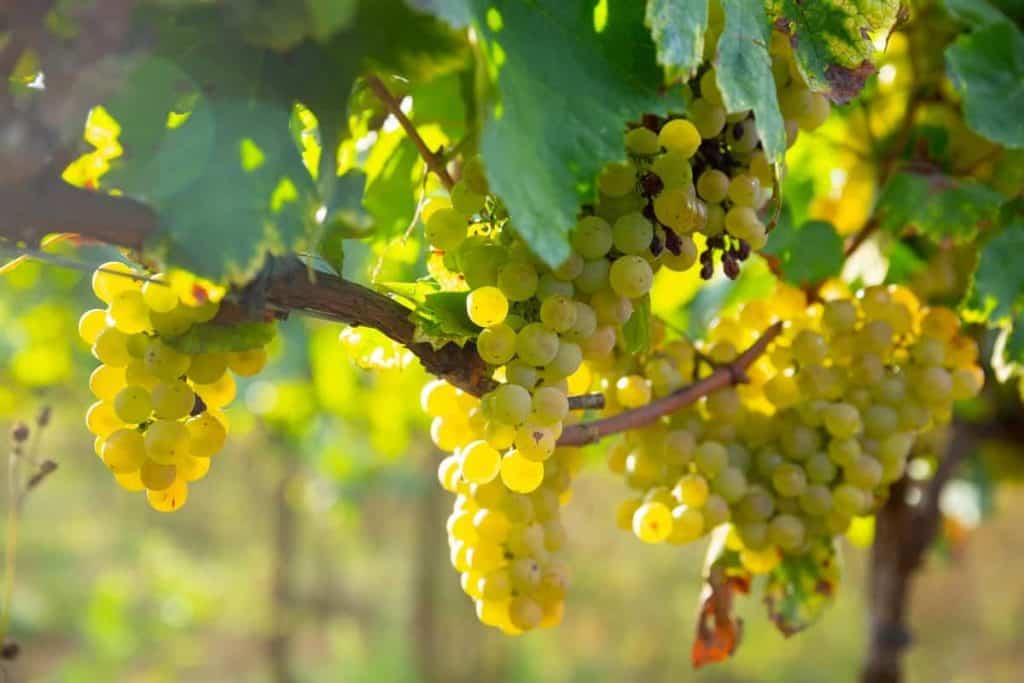
Pecorino: the rediscovery of the grape
The Pecorino grape was almost abandoned for years, mainly due to its low yield. It has a mountainous character, doesn’t shy away from northern exposure and cool vintages, and can concentrate sugars (especially when vineyards are planted at lower altitudes closer to the sea), resulting in powerful structures, sometimes even overly opulent—though this is offset by acidity and salinity.
The wines made from Pecorino grapes, in their best versions, offer rich aromas and flavours, vibrant acidity and good ageing potential.
Legend has it that the rediscovery of the grape is thanks to Guido Cocci Grifoni, a producer from the Marche, who in the 1980s set out to find an indigenous grape variety he had read about in old texts. His search led him to Arquata del Tronto, a small village at the foot of Monte Vettore, on the border between Lazio, Marche, and Abruzzo, 1000 metres above sea level, where he found a small, semi-abandoned vineyard.
However, it’s also true that the first to write “Pecorino” on a wine label was Luigi Cataldi Madonna in Abruzzo, who planted vine cuttings of the variety in 1990 in Ofena, the headquarters of his winery.
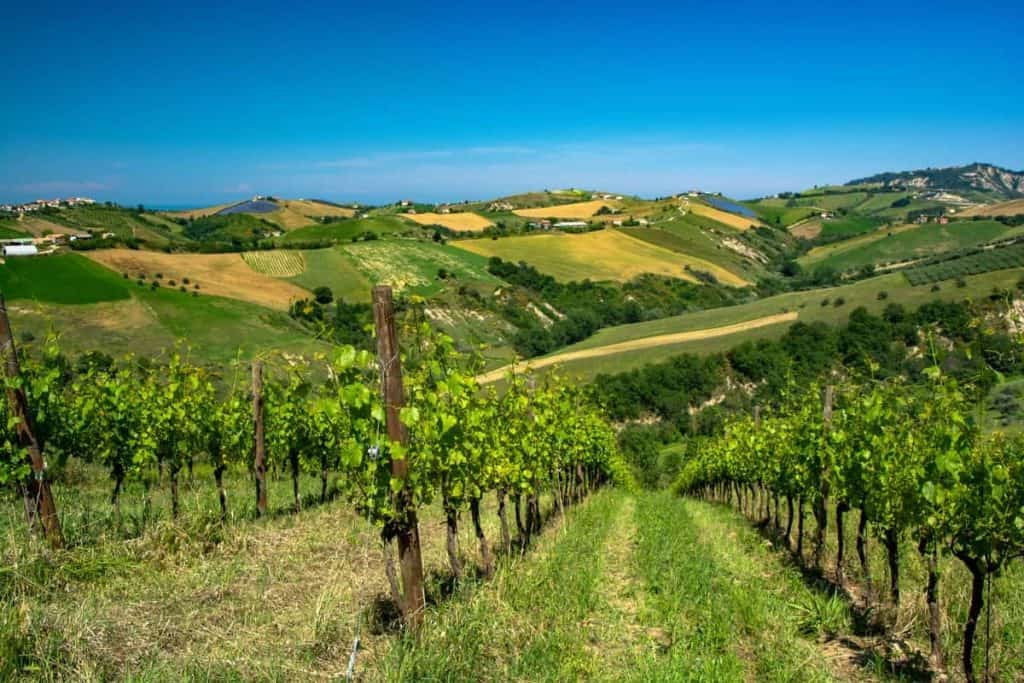
Pecorino: the wine’s characteristics
It took some time to fully understand the characteristics of the Pecorino grape, but today wineries are increasingly skilled in interpreting it, although the recent rise in temperatures has not been particularly helpful.
The grape has a mountainous disposition, preferring cooler areas and north-facing slopes; as it ripens, it rapidly accumulates sugars, which can lead to overly warm wines in the glass if the harvest time is not carefully managed. Luckily, it also boasts good natural acidity, but again, the timing of the harvest is crucial. In short, it’s a grape that demands great attention.
When winemakers manage to rise to the challenge, Pecorino wines are second to none: they display savoury palates, solid and sometimes rich structures, supported by acidity—which in some cases can be quite sharp—and a saline backbone. Pecorino is a wine that isn’t afraid of ageing. In the best versions, the flavours intensify, aromas dance between spices and hydrocarbons, and acidity highlights all these sensations.
The best value Pecorino wines from Abruzzo
While we await the results of the ongoing tastings for the upcoming Vini d’Italia 2026 guide by Gambero Rosso, here are the Pecorino wines from Abruzzo that impressed us the most among those reviewed in the Berebene 2025 and Vini d’Italia 2025 guides.
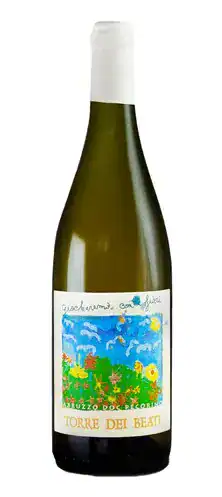
Abruzzo Pecorino Giocheremo con i Fiori 2023 – Torre dei Beati
This time, the top accolade among the wines offered by Torre dei Beati goes to the 2023 Pecorino Giocheremo con i Fiori: refined and sunny on the nose, taut, savoury, delicate, and linear on the palate.
It was 1999 when Adriana Galasso and Fausto Albanesi decided to change their lives and devote themselves to wine production. Their adventure began in the hills of Loreto Aprutino, one of Abruzzo’s most prestigious wine-growing areas.
From the start, the couple committed to an environmentally respectful viticulture by adopting organic protocols. Their vineyards rise to 300 metres above sea level, in a central position between the Gran Sasso and the Adriatic. Year after year, Adriana and Fausto continue to deliver remarkable collections that express strong territorial identity, character and wine quality.
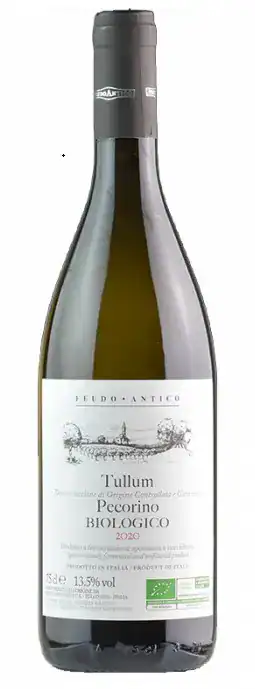
Tullum Pecorino Biologico 2023 – Feudo Antico
The Tullum Pecorino Biologico from Feudo Antico is always excellent. The 2023 version delighted us with its fresh notes of mountain meadow, green and yellow citrus peels, and delicate flint nuances. On the palate, it melts into a sip of great flavour precision, citrusy, deep, and progressive.
Feudo Antico is a small cooperative upholding the name of one of Italy’s smallest denominations, Tullum DOCG. Since 2004, they have been exploring the potential of areas such as Pedine, Colle Secco, San Pietro and Colle di Campli, as well as conducting experiments at Niko Romito’s Casadonna in Castel di Sangro, over 800 metres above sea level. The cooperative includes around fifty members and tends to 20 hectares of micro-parcelled vineyards, cultivated with meticulous care and environmental sensitivity.

1897 Pecorino 2023 – Nestore Bosco
Founded in Nocciano at the end of the 19th century by Giovanni Bosco, the estate is now run by grandchildren Nestore and Stefania. Their vineyards span over 70 hectares across the Pescara Hills. The underground tunnels beneath the winery store wines needing long ageing, especially Montepulciano.
Their range is broad and diverse, including both ambitious wines and more immediate ones that still retain varietal character. Excellent work on the Pecorino. The 1897 Pecorino ’23 offers a fine, highly enjoyable sip.

Pecorino Linea Storica 2023 – Nestore Bosco
The Pecorino from the Linea Storica (2023 vintage) displays a fragrant bouquet reminiscent of citron peel and linden flowers. The palate is long, well-defined, savoury and deep.
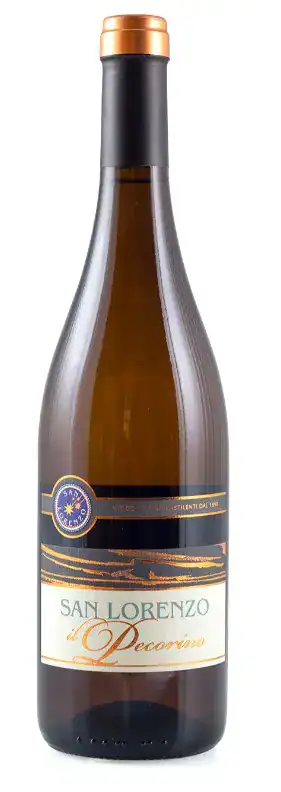
Abruzzo Pecorino 2023 – San Lorenzo Vini
Very good is the 2023 Pecorino from San Lorenzo Vini, savoury and elegant. The Galasso family runs one of Abruzzo’s most historic producers, established in the late 19th century. The vineyards, now spanning over 170 hectares, lie on the slopes of the Teramo Hills in Castilenti, between the Adriatic coast and the Gran Sasso. Their range reflects varied production styles, from ambitious oak-aged selections to spontaneously fermented wines.
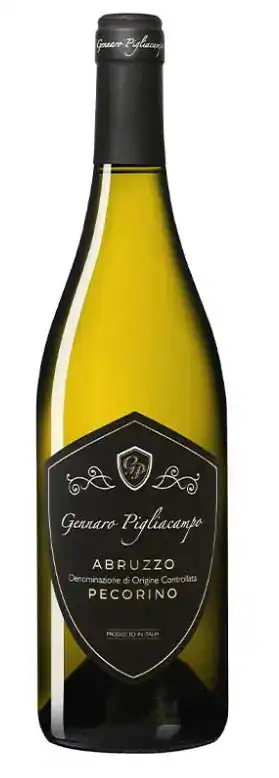
Abruzzo Pecorino 2023 – Gennaro Pigliacampo
After success in the luxury footwear sector, Gennaro Pigliacampo turned to agriculture, founding a company that includes olive groves, cereals, natural pastures and, of course, vineyards. Their wines are increasingly convincing: this Pecorino, for instance, offers a citrusy, sunny bouquet with smoky hints, and a mouthfeel that exhibits textbook tension and flavour.
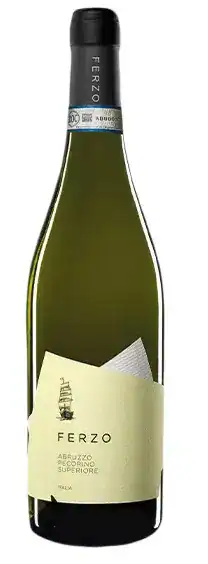
Abruzzo Pecorino Sup. Terre di Chieti Ferzo 2023 – Citra Vini
Founded in 1973, Citra is a vast cooperative with 3,000 members working 6,000 hectares of vineyards. This supports the production of 24 million bottles across various lines.
From the Ferzo line, we selected a good 2023 Pecorino Superiore, which opens with aromas of white fruit and flowers, then shifts towards balsamic and aromatic herb notes. The palate is pleasant, with clear progression, flavourful and slightly citrusy on the finish.

Controguerra Pecorino Soprano 2023 – Strappelli
Located in Torri di Torano Nuovo, between the Teramo coast and the Gran Sasso, Guido Strappelli’s vineyards are on a hillside. His consistent output is best exemplified this year by Controguerra Pecorino Soprano ’23: a bouquet of lemon pulp and hay, with yellow flower notes leading to a mouth with herbaceous hints, never bitter. Penetrating and energetic, it has a long, concrete finish.
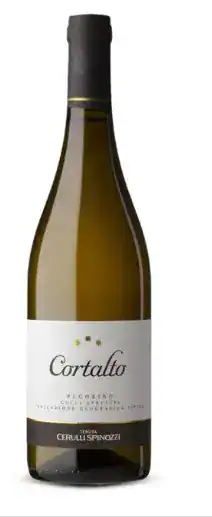
Cortalto Pecorino Cerulli 2022 – Cerulli Spinozzi
Since joining the family business, Enrico Cerulli Irelli has worked to modernise this historic estate. The vineyards include those around the winery and another in Mosciano to the north.
Good showing for the 2022 Cortalto Pecorino, blending citrus and mineral tones in a taut, energetic, and incisive sip.
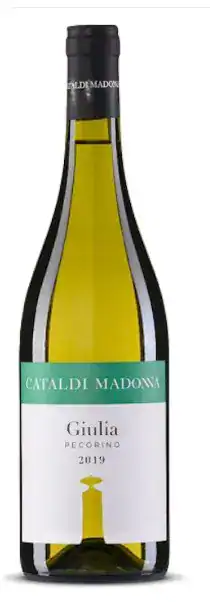
Giulia Pecorino 2023 – Cataldi Madonna
We’re in Ofena, nicknamed “the oven of Abruzzo” due to its high summer temperatures—though these drop sharply when the Gran Sasso exerts its mountainous influence. This thermal variation is key to the wines produced by Giulia Cataldi Madonna, who uses it to bring out the varietal and terroir character of Montepulciano, Trebbiano, and Pecorino.
As widely known, Pecorino is the house specialty. This year, we preferred the Giulia. Aromas from the glass transport us to mountain meadows and rocks, followed by lime and white grapefruit. The palate is taut and very savoury, with a finely flavoured finish.


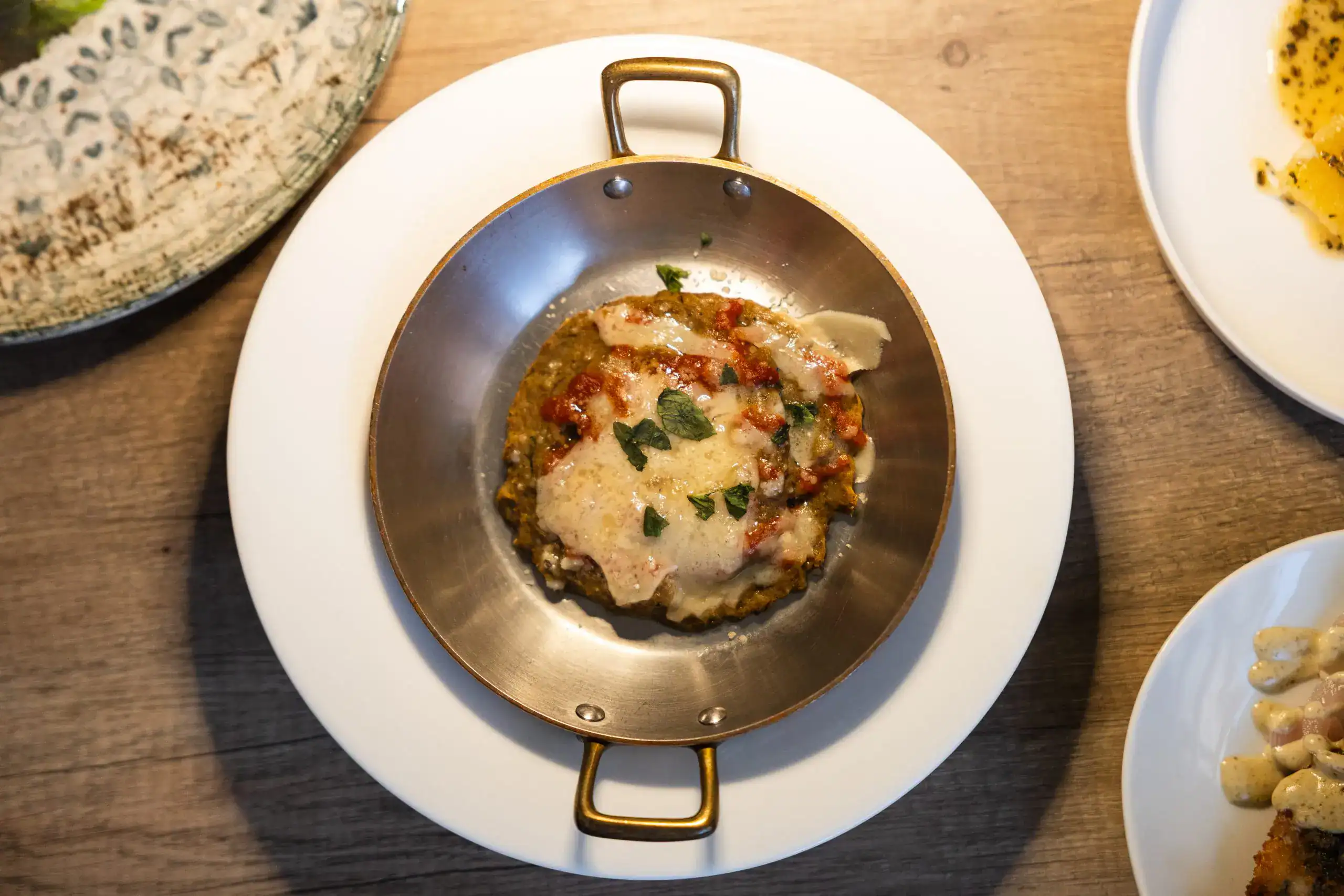 Vitello tonnato has arrived in Bagheria. And no, it’s not a mistake: the next-generation osteria is rewriting the rules of Sicilian comfort food
Vitello tonnato has arrived in Bagheria. And no, it’s not a mistake: the next-generation osteria is rewriting the rules of Sicilian comfort food “Now is the right time to invest in wine.” Alejandro Bulgheroni renews his winemaking challenge
“Now is the right time to invest in wine.” Alejandro Bulgheroni renews his winemaking challenge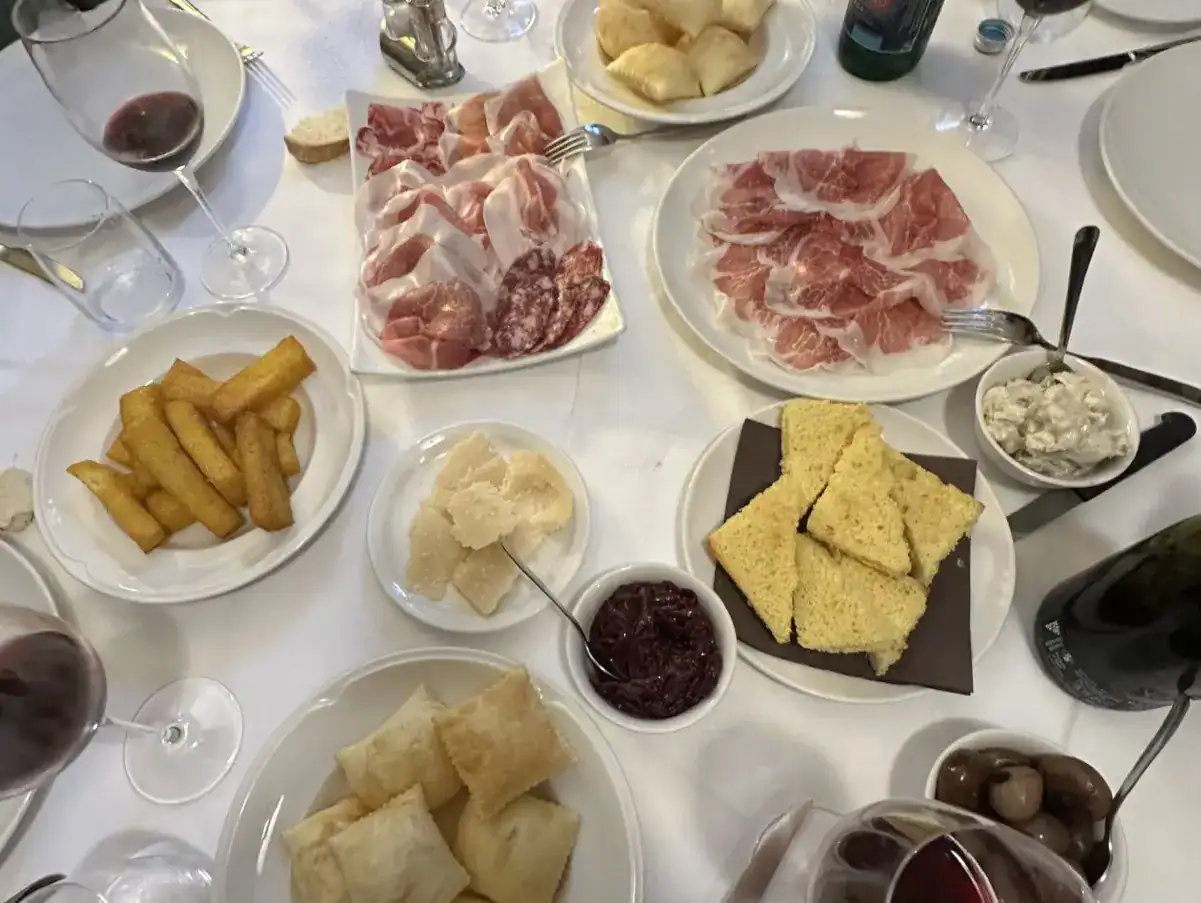 How to book a table at the most coveted Trattoria in Italy
How to book a table at the most coveted Trattoria in Italy In the US, consumption of Italian wine plummets: -10% in May alone. UIV warns: “Tariffs could deal a fatal blow”
In the US, consumption of Italian wine plummets: -10% in May alone. UIV warns: “Tariffs could deal a fatal blow”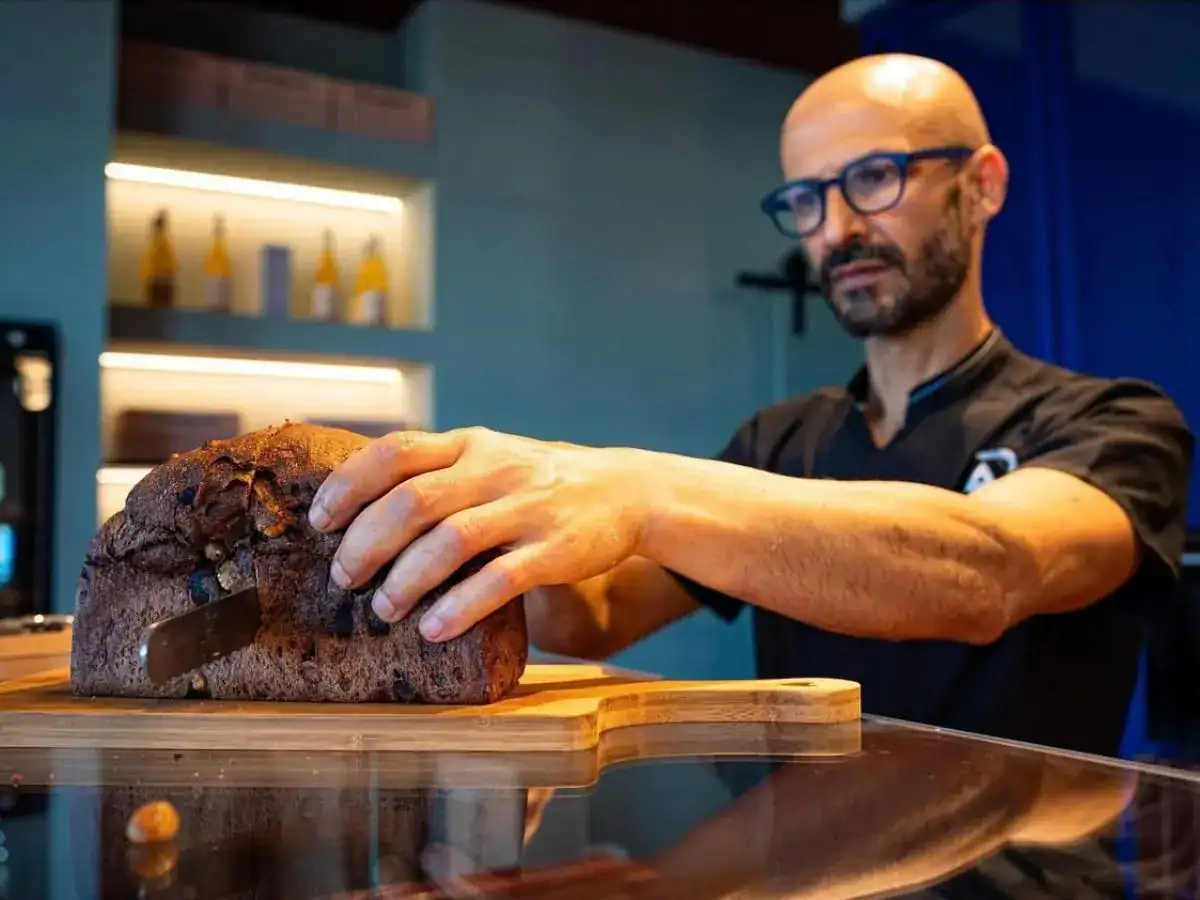 The 'Bread of the Year' is in Milazzo (and it’s cunzato)
The 'Bread of the Year' is in Milazzo (and it’s cunzato)






